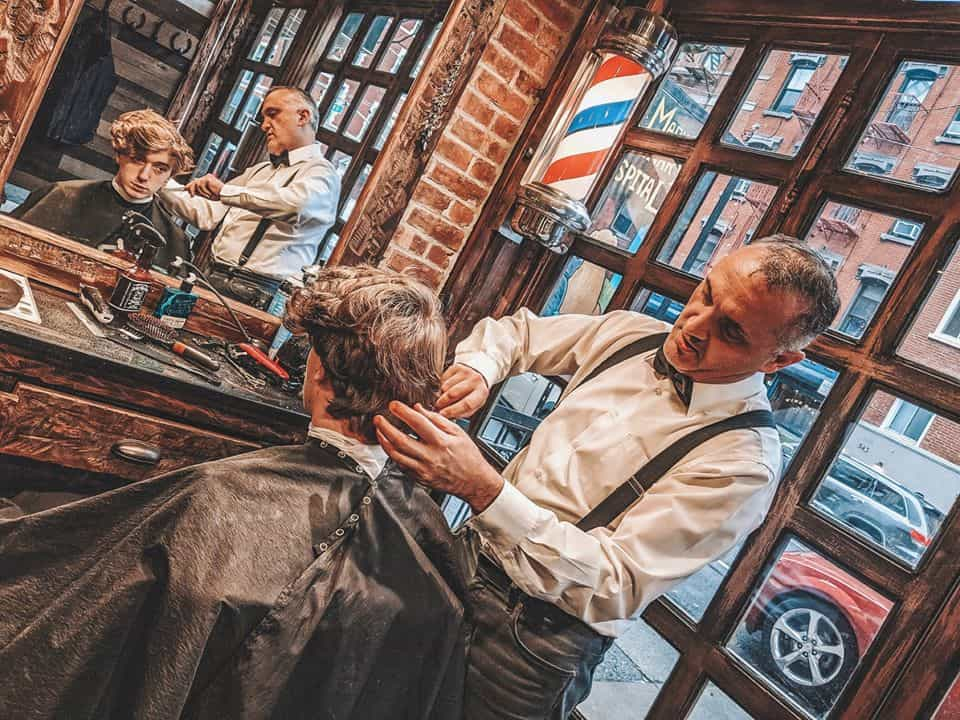Essential Hygiene Protocols Every Hairdresser Should Avoid to ensure Optimal Customer Protection
Essential Hygiene Protocols Every Hairdresser Should Avoid to ensure Optimal Customer Protection
Blog Article
Upholding adequate hygiene remains crucial for any field that entails direct interaction among clients, particularly in the barber industry. Hairdressers hold an important role in assisting people look and become their finest, but this responsibility entails with the necessity for strict hygiene protocols. In the interest of the safety of customers and barbers together, there are numerous essential hygiene practices that should be prevented. Understanding these measures can help guarantee a clean and secure setting in barbershops.
One of the most common hygiene errors stylists should prevent is the recycling of individual styling tools without proper sanitation. Instruments such as shears, trimmers, and brushes can harbor bacteria and viruses if they are not sterilized after every application. Barbers should always disinfect their instruments with appropriate solutions or wipes after clients. Neglecting to do so could lead to the spread of diseases, which can have grave implications for customers. Creating a schedule for sanitizing and disinfecting instruments is not just a recommended protocol; it is a vital aspect of maintaining a safe work setting.
Another habit to avoid is neglecting to wash hands regularly. Stylists engage with various customers in a single day, and their skin can easily accumulate bacteria and viruses. It is essential for stylists to wash their hands meticulously with detergent and water before and following every client. Additionally, using hand disinfectant can be an efficient way to further minimize the transmission of germs. Skipping this process can endanger client safety and may lead in diseases or illnesses that could Web Site have been easily avoided.
Proper sanitation of the barbershop environment is also critical. Stylists should refrain from overlooking areas that are frequently touched, such as chairs, countertops, and waiting area seats. These areas should be disinfected and sterilized regularly to minimize the risk of cross-contamination. Creating a cleaning routine can assist stylists copyright a sanitary environment. This practice not only safeguards customers but also improves the general experience, making clients feel more comfortable and appreciated.
Additionally, stylists should refrain from using products that have not been stored or handled correctly. Cosmetic items such as gels, hair sprays, and serums can turn tainted if they are kept open or improperly kept. It is crucial for stylists to examine expiration dates and to store items in a chilly, arid place. you can look here Discarding any outdated or questionable items is essential to ensure client well-being. Utilizing tainted products can lead to skin reactions or hypersensitivity responses, which can damage a stylist's reputation and harm clients.
To conclude, stylists have a responsibility to copyright high standards of hygiene to ensure the safety and health of their customers. By preventing the reuse of unsterilized instruments, overlooking hand hygiene, overlooking environmental sanitation, and utilizing inappropriately stored products, barbers can establish a secure and welcoming atmosphere. Recognizing and applying these critical hygiene practices not only safeguards customers from infections but also builds trust and faithfulness. A sanitary barbershop is a successful barber shop, in which both barbers and customers can experience confident and safe.